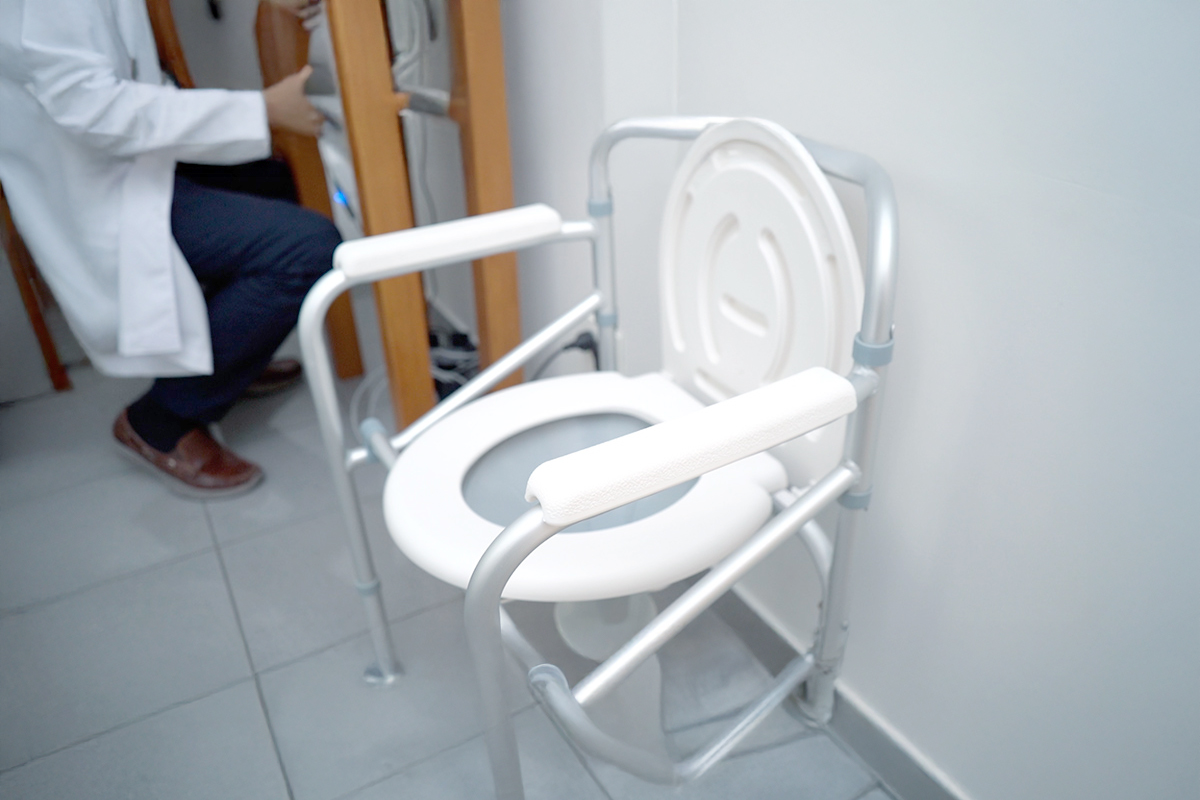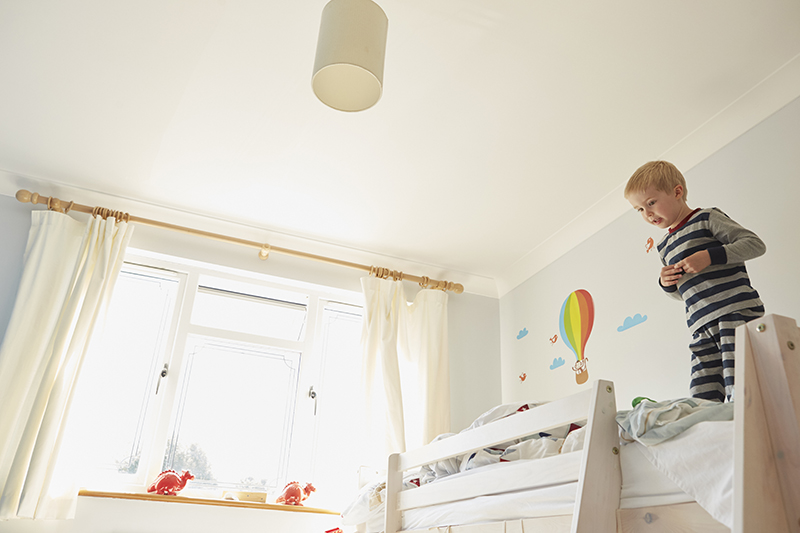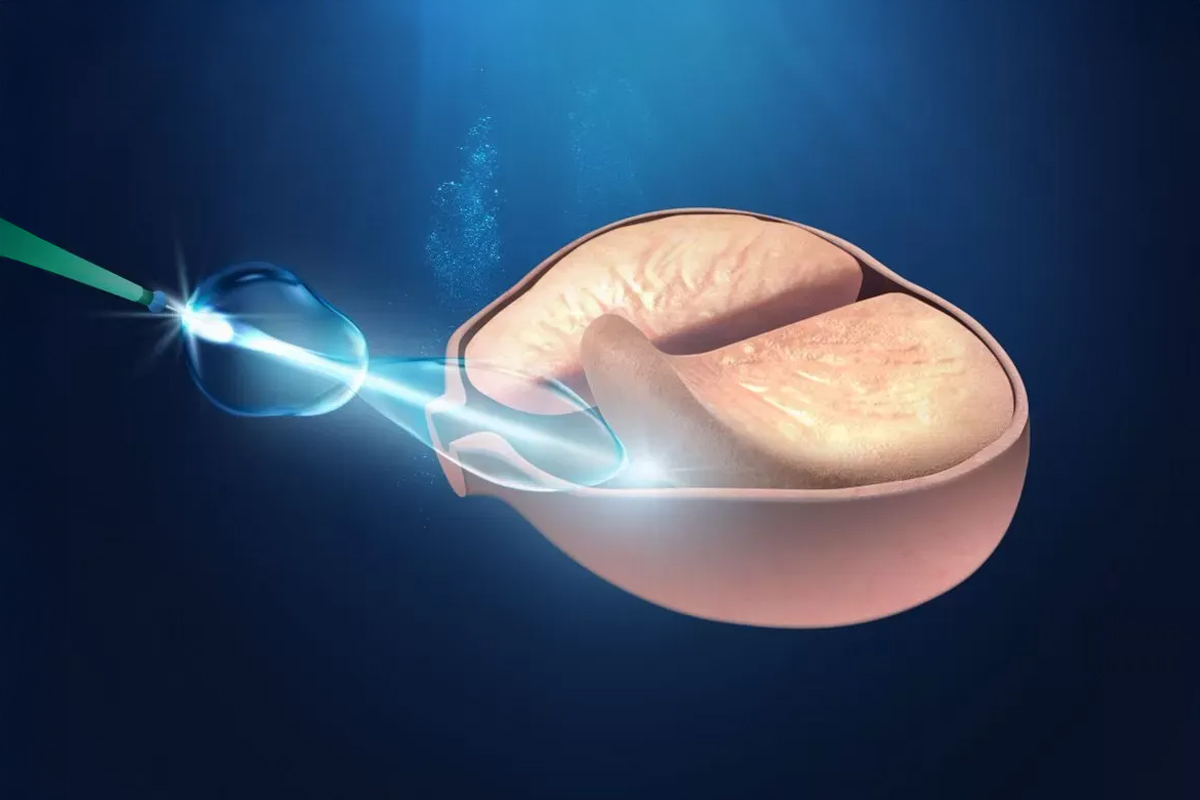How to make a flowmetry?
The procedure to perform a flowmetry is simple: the patient has to pee in a device (toilet special) and/or in a funnel meter (flow meter).
The result of this test is a chart that reflected the volume of urine in front of the time it took.
This quiz requires you to urinate in the normal way and is not painful.
The procedure to perform a flowmetry is simple: the patient has to pee in a device (toilet special) and/or in a funnel meter (flow meter).
The result of this test is a chart that reflected the volume of urine in front of the time it took.
This quiz requires you to urinate in the normal way and is not painful.
What is a flowmetry?
A flowmetry or uroflowmetry is a test that is performed, usually, in the consultation of the Urologist in patients with men or women who have difficulty urinating. This test is performed routinely to patients who are in check of prostate in order to assess whether they urinate properly.
The technical definition of uroflowmetry is the volume of urination (urine) eliminated per unit time and is expressed in ml per second. The flow voiding is not constant, this is modified along the urination, causing a flow curves characteristics.
In this test seeks to measure the amount of urine that the bladder of the patient is able to expel per second, double check the duration of urination, and any intermittent flow.
This way you will know the capacity of the bladder, the state of the urinary tract and the strength of the muscles urinary tract.
It is important to measure the residue postmiccional, that is to say, the amount of urine left in the bladder at the end of the test, uroflowmetry.

What parameters can be measured in a flowmetry?
- The maximum flow (Qmax): is the maximum value reached by the flow of urine during urination.
- The volume voiding: Amount of urine eliminated during urination.
- The flow time: It is the sum of all of the time during which the patient is urinating.
- The time of urination: Time elapsed since the patient starts urination until the end. This time coincides with the time of flow, provided that there is no interruption of the urinary stream.
How to make a flowmetry?
The procedure to perform a flowmetry is simple: the patient has to pee in a device (toilet special) and/or in a funnel meter (flow meter).
The result of this test is a chart that reflected the volume of urine in front of the time it took.
This quiz requires you to urinate in the normal way and is not painful.

What preparation I need to do for this test?
It is recommended to get a consultation with urination and alert the staff when you get the urge usual urination, avoiding to be at maximum capacity (never “to burst”) given that the test would be altered.
This is not a valid test with a small amount of urine, and neither is when the bladder is at its maximum amount, and the patient may not endure over time.
When it is desirable to repeat the test?
It is recommended to repeat the flowmetry when it does not reach a volume of urination greater than 150 cm3, or the patient has made strength with the abdomen to get a jet stronger. Nor is it useful when you have filled the bladder beyond the maximum of their ability.
Residue Post-Voiding
The residue postmiccional is the amount of urine left in the bladder after urinating. Normally, a Urologist should always know what residue of the patient because it is also indicative of potential problems voiding. A residue well above the 20-30% of the volume that has been urinated can be pathological and may be causing a chronic damage in the urinary tract if it is not fixed.
As usual, more practical, fast, and measuring the residue is by placing the transducer in the lower part of the abdomen to record the volume of residual urine.









